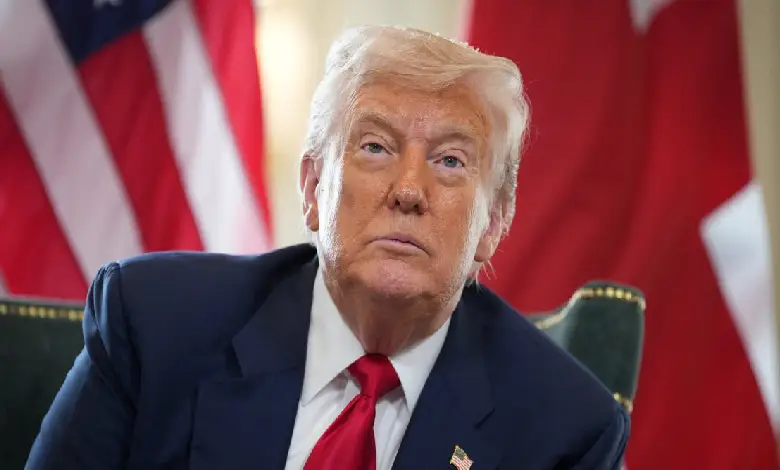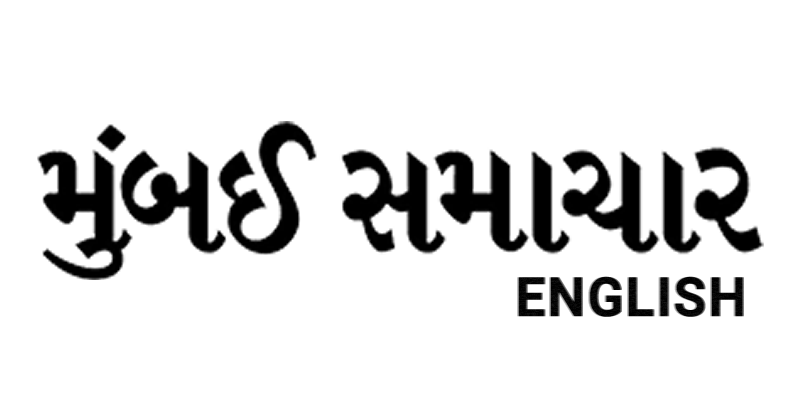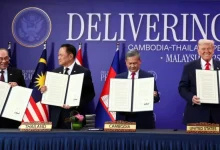US Calls India Tariff King, WTO Data Exposes US double Standards On Agricultural Trade

New York : India is once again in Washington’s crosshairs. On July 30, US President Donald Trump imposed a 25% tariff on a wide range of Indian exports, citing what it calls “obnoxious” trade barriers.
Bound tariff rates filed by the United States with the World Trade Organisation (WTO) allow for extraordinarily high ceilings on a number of goods. According to the WTO’s Tariff Profiles 2024 and verified by USTR (United States Trade Representative) filings:
These are legal maximums, rarely used for routine imports but triggered when shipments exceed quota limits or come from countries without trade preference agreements. For exporters in developing countries, especially those dealing in agriculture, these tariff peaks are very real.
The new US tariffs, effective from August 1, apply to Indian goods across categories: auto parts, electronics, jewellery, textiles, and select processed foods. While the base tariff is 25%, it’s accompanied by a secondary penalty, linked to India’s continued energy and defence ties with Russia. The exact terms of the penalty remain undefined.
According to preliminary estimates by economists at NCAER and ICRIER, the new duties could shave 0.2 to 0.5 percentage points off India’s GDP in the next fiscal if they remain in place. The impact is expected to be felt most sharply in labour-intensive export sectors like gems and textiles, where margin pressures are already high.
The term “Tariff King” first appeared in Trump’s speeches during his first term in office. But it has returned with renewed frequency in 2025, as US–India negotiations faltered over issues ranging from digital taxes to defence procurement.




